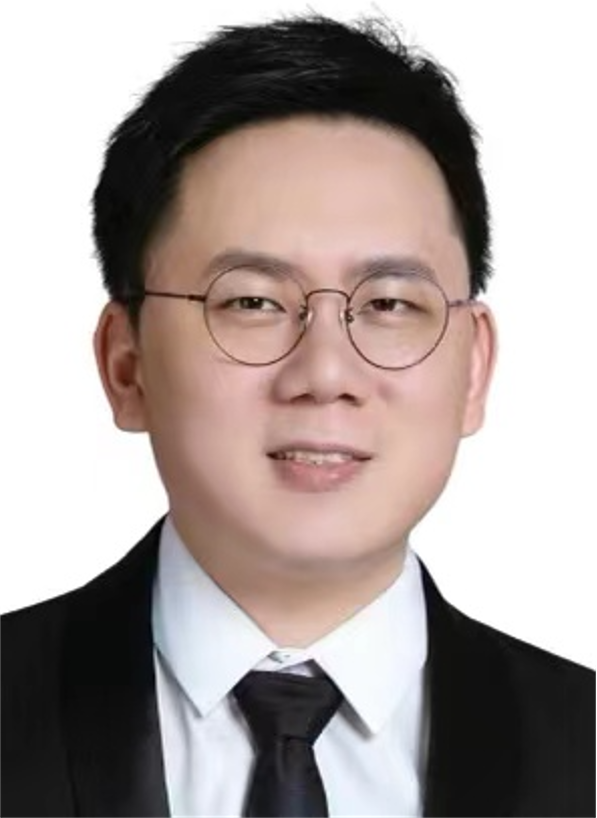IIT 7024 Advanced System Architecture
Teaching assistant, Graduate course, School of Integrated Technology, Yonsei University, 2016
This course mainly introduced computer organization and design, including the following topics: i) instruction-level parallelism, including parallel processing, superscalar, VILW, static instruction scheduling dynamic scheduling and precise exception handling, ii) memory-level parallelism, iii) data-level parallelism including multi-core architecture, GPU, iv) thread-level parallelism and v) NVM-level parallelism. This course is a project-centric; I prepared five gem5 lab projects. Most projects are a step-by-step tutorial to teach students how they can do simulation-based architectural explorations and studies. It will include CPU design analysis, exploring different branch predictors, multi-threading on full-system mode evaluations, and SSD internal parallelism analysis on gem5. Considering undergraduate students, this course will also include quick review lectures, which will include, instruction set architecture, MIPS/RISC architecture, pipelining, hazard and cache architecture.
